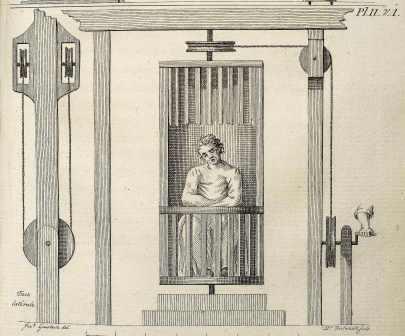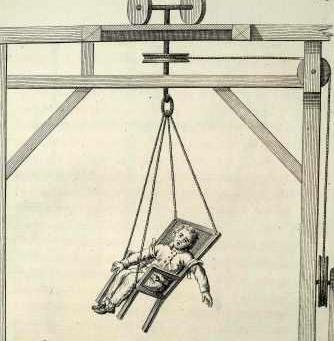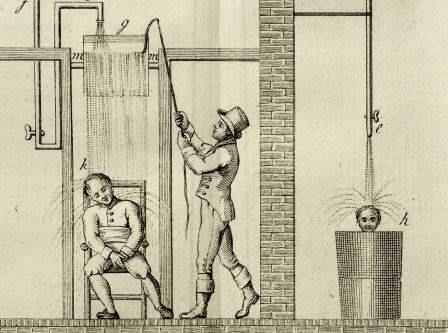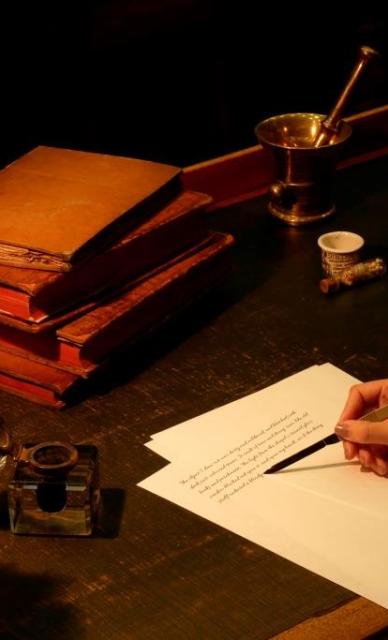Physicians' Gallery Newsletter
Updates on upcoming events, exhibitions and online stories
Empowering medical excellence, shaping healthcare futures.
These illustrations, take from a study by Belgian physician Joseph Guislain, show examples of some of the new methods of mental health treatment developed in the 1800s.

Some doctors were trying to move away from the use of bloodletting and medicines which made patients vomit and gave them diarrhoea. Instead, mechanical chairs and swings were used.
According to one doctor these devices worked by bringing about: ‘vertigo, attended by pallor, nausea, and vomiting; and frequently by the evacuation of the contents of the bladder’

Doctors could decide how fast the swing or chair was rotated based on the effect they wanted, on a scale between nausea and ‘unmerciful evacuation’.
Another nineteenth century innovation was the water douche. It produced its effects both by the action of the cold and surprise. Sudden shock was considered by some doctors in the 1800s as an efficient way to treat patients. It caused heartburn and a desire to vomit, both thought to help cure the patient. It also subdued the patient and so was used to calm ‘raging excitement’, reduce their sex drive and force them to be more obedient to those in charge.

The technique used at Salpêtrière, the largest hospital in Paris, involved a stream of cold water being directed on the anus of the naked, seated, unsuspecting patient. Another popular water treatment was the 'Bath of Surprise’ – where a patient was suddenly plunged into cold water. One particularly extreme example involved abandoning patients in a river or lake and forcing them to swim to shore.
The rapid adoption of these swings and water treatments across Europe and North America ended after only a brief period of popularity. Public and professional opinion turned against such violent methods of treatment.

Updates on upcoming events, exhibitions and online stories